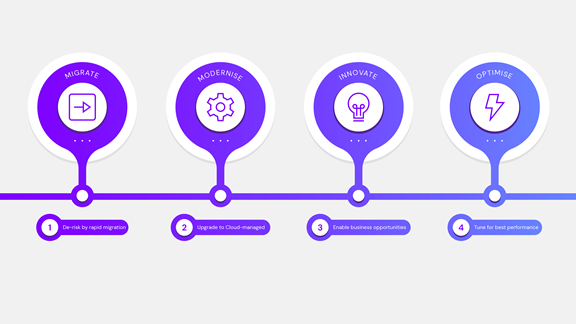Changing the way your organisation works with Cloud for the better should be about changing the way your organisation works forever. By that, we mean that iterative, continuous integrations should take primacy and expensive, laborious rebuilds should become things of the past.
The notion of true modernisation for businesses can feel impossible to some, whether it’s down to time, cost or effort (or all three), but the reality is that it can be broken down into meaningful steps along an attainable pathway of transformation.
The potential of Cloud to create platforms that accelerate innovative and sustainable business outcomes is greater than ever. Unfortunately, as many businesses have hurtled headlong into such investment in recent years, the scale of
Cloud waste is probably greater than ever, too.
That’s why we’re highlighting here how digital leaders like you can maximise those budgets by building Cloud-native thinking and engineering into everyday operations and modernise businesses as a result. It’s what we call the journey to Cloud maturity.



